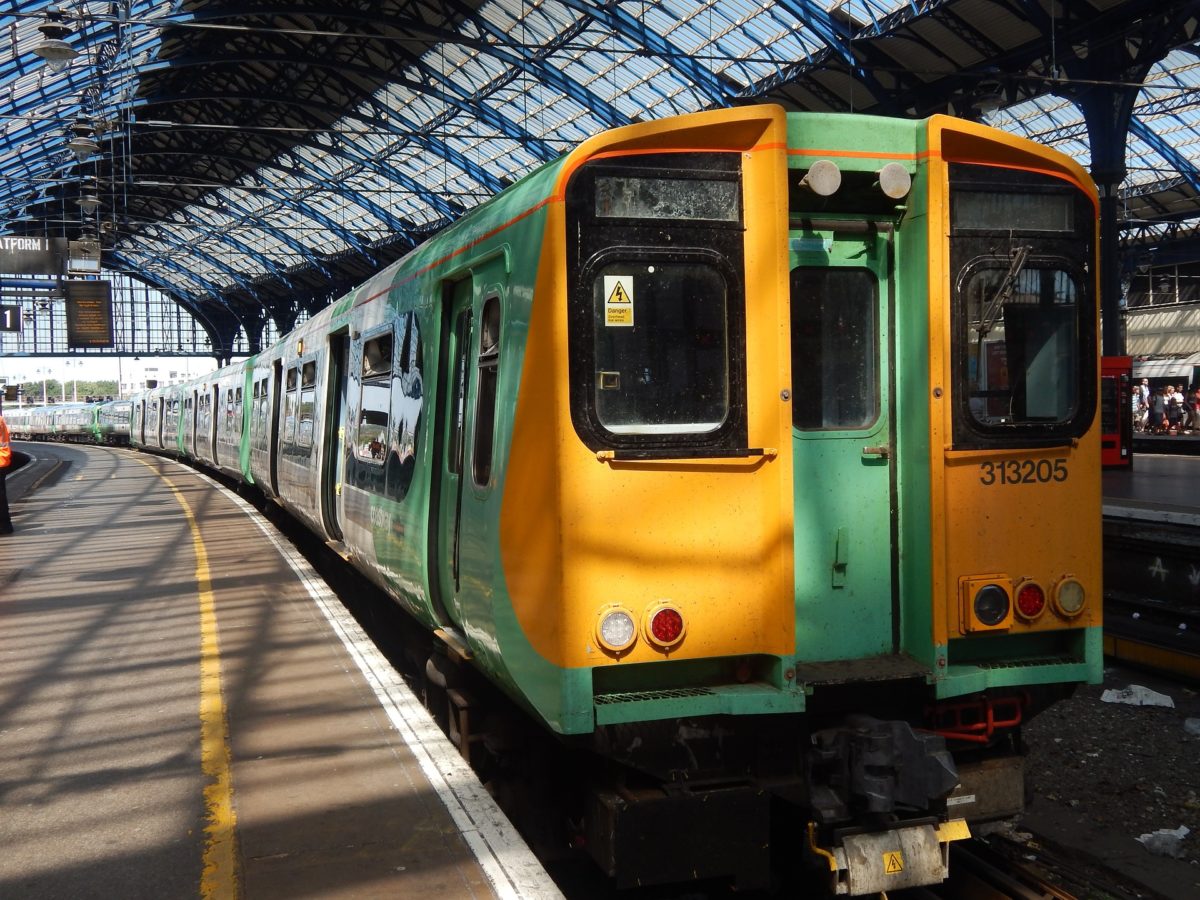A project which would see solar panels used to directly power trains has won a share of a £1.75 million ($2.29 million) pot allocated for carbon-cutting rail schemes, and two other schemes are set to test the potential of solar on roads and footpaths, with £4.49 million and £1.05 million, respectively.
With the nation’s solar market continuing to falter amid an alleged lack of financial or political support – as claimed by representatives of the PV sector at a recent industry conference – the U.K. government has directed funds towards innovative applications.
“It is fantastic to see solar innovation being championed in the U.K.,” said Chris Hewett, chief executive of the Solar Trade Association. “This kind of leadership gives Britain the potential to be at the forefront of the clean, smart energy revolution. That said, it is imperative government backs tried and tested renewable energy technologies too, and we hope that this is a sign of greater things to come in terms of support for solar, given the challenges facing the industry at present.”
Decarbonizing railways
Solar panels to power trains and a system that uses hydrogen and oxygen to produce steam to power engines are two projects awarded a share of £1.75 million of government funding for use on the rail network, rail minister Andrew Jones has announced.
As confirmed to pv magazine, one of the recipients is the Riding Sunbeams initiative – a project run by charity 10:10 Climate Action along with Community Energy South – which will see trains use PV power generated trackside.
On site solar is an attractive, cost-competitive and energy saving option. According to an earlier report by Imperial College and 10:10, detailing how British rail could be powered by solar by next year, connecting track-side panels and substations could generate annual savings of roughly £4.5 million.
The funding comes as rail industry leaders published the interim Rail Industry Decarbonization Taskforce report, addressing the challenge set by the Department for Transport last year of cutting emissions and removing diesel-only trains by 2040.
“We want a cleaner, greener rail network and transforming our trains will help make this a reality,” said the rail minister. “The targets we set for 2040 are ambitious but are within our reach.”
As pv magazine has reported, Transport for London wants renewables installed across as much of its 10,000 pieces of land in the capital as possible. Its ambitious program would see generation facilities – almost certainly solar – externally funded and installed this year.
Elsewhere, projects to install PV on railway sleepers are under way as part of gigawatt-scale plans for solar railways worldwide, as pv magazine learned from U.K. renewable energy investor Bankset Energy last year.
While research has suggested PV panels installed on trains bring little benefit, PV-coated trains have been run by Indian Railways, which is aggressively expanding its solar portfolio through gigawatt tenders to reduce its electricity bill. Also, a refurbished 70-year-old ‘red rattler’ – now a zero emission solar train – is running on a 3 km stretch of Australia’s New South Wales coast.
Solar roads
Further projects involving solar roads and footpaths have secured government backing as part of a £23 million funding round for research and trials on new surface materials as well as pothole repair techniques for the nation’s roads.
Under a comprehensive Live Lab project, solar generation infrastructure including facilities on roads and footpaths will be deployed in the English county of Buckinghamshire. The central Bedfordshire area will also test footpaths designed to generate and store energy, with the two programs receiving £4.49 million and £1.05 million, respectively.
The scheme also includes expanding testing of plastic roads, which harness kinetic energy to power lighting and use geothermal power from paths to keep car parks and bus stations from freezing over.
“Today’s trials will see how new technologies work in the real world to ensure our roads are built for the 21st century,“ said U.K. transport secretary Chris Grayling.
While described by the government as a technology to help future-proof transport, however, solar roads have had difficulties proving their viability. With a three layer composition – the weight-bearing solar panels sandwiched by transparent concrete on top and a base layer of insulation to protect the panels from elements in the soil, PV roads come with a hefty price tag.
They are considered worth exploring in countries which lack land for renewables deployment, such as the Netherlands, where water management agency the Rijkswaterstaat has said it will investigate the technology’s potential. The world’s first completed solar roadway was built in 2014 in the Netherlands, at Cromane – a 70-meter solar-powered cycle path.
The French government has also backed solar roads and piloted a 1 km installation in Tourouvre-au-Perche in 2016 – though initial results have been underwhelming – and China is again leading on PV with a 2 km solar-powered highway in the city of Jinan, touted as the world’s longest.
This content is protected by copyright and may not be reused. If you want to cooperate with us and would like to reuse some of our content, please contact: editors@pv-magazine.com.




There is a flaw with the idea of putting solar modules on roadways and pathways that should be fairly obvious to anyone who knows how solar PV systems work. As the amount of traffic traversing the route increases, the amount of shading increases, severely limiting the output of the modules while they are shaded. It is a waste of time and money to lay solar modules where they will be shaded most of the time. Using PV modules to create a canopy over the route would eliminate the problems of shading. PV modules on roadways would have to be very small to reduce the likelihood of damage from heavy vehicles.